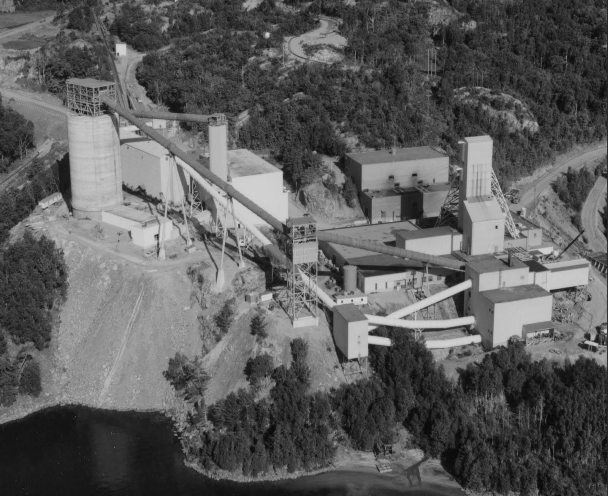Originally published in February,1997
Livio Di Matteo is Professor of Economics at Lakehead University in Thunder Bay, Ontario. Visit his new Economics Blog “Northern Economist” at http://ldimatte.shawwebspace.ca/
Between 1867 and 1899, the timber industry produced about 28 percent of total provincial revenues. These revenues contributing greatly to the welfare of Ontario citizens. Whereas northern Ontario accounted for at best 10 percent of the province’s population it consistently provided about one quarter of the province’s total revenue. – Livio Di Matteo
There are periodic calls for Northern Ontario to form a separate province, which seem to surface whenever the north feels it is being poorly treated by the provincial government. The demand for a separate province feeds on the large amount of northern lore regarding the supposedly exploitative nature of the relationship between the north and southern Ontario. A persistent theme in northern Ontario history is that it served as a natural resource frontier for the economy of the industrialized south by providing resource inputs into southern industry. Moreover, much importance is attached to the natural resource rents from forests and mines which provided the Ontario government with a large proportion of its tax revenue in the first half of this century.
The case that usually follows is that northerners should have their own province so that the economic benefits from northern resources are retained for northerners. The failure of the north’s economy to grow at the same rate as the south over the last 30 years, with the subsequent outmigration of youth, is blamed on the absence of provincial status and the ability to control our own economic destiny. The implicit argument is that the North would be better off economically as a province though there have not been any arguments rooted in economic analysis to evaluate this point. Moreover, given that the market for natural resources is international in scope, no explanation of how being a separate province might change the terms of trade for northern Ontario resources has been offered.
The best case for a province of northern Ontario rests in the past during the period 1870 to 1920 which was a time of rapid growth on par with the Prairies. However, the Prairies were federal territories which obtained provincial status while northern Ontario remained part of Ontario.
























